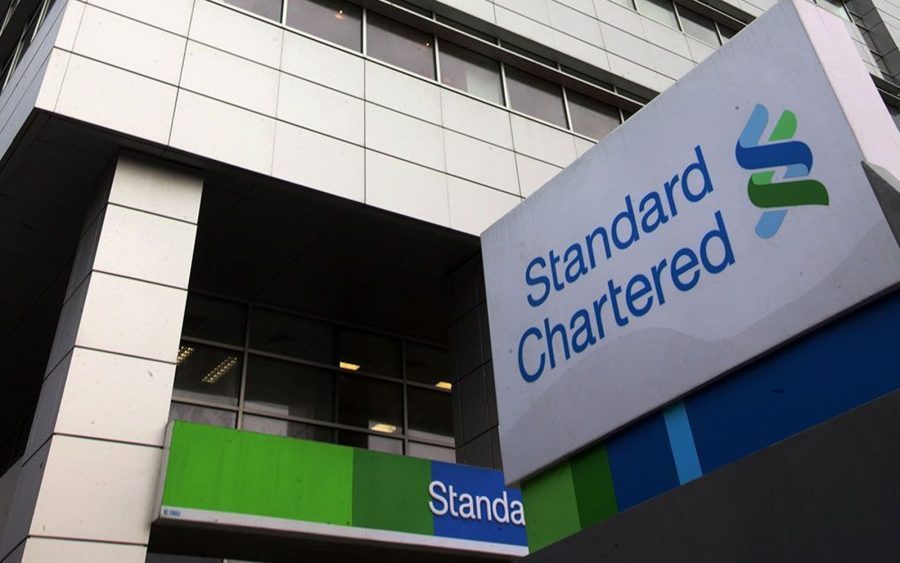Facts have continued to emerge from the latest unaudited nine months (9M-19) results posted by Access Bank Plc.
The result, which was in line with the performances recorded by the bank so far in 2019, also indicated strong growth in both gross earnings and profitability, supported by the growth in funded income. The consolidated entity continues to post strong numbers while improving and strong macro-prudential ratios are also encouraging.
Details show further that interest income grew by 47.6% y/y to NGN405.03 billion, driven by good growth in income from both investment securities (+25.3% y/y to NGN256.04 billion) and loans and advances to customers (+115.3% y/y to NGN140.40 billion). Similarly, interest expense grew by 28.5% y/y to NGN194.81 billion and was driven by increased expense on deposits from customers (+30.3% y/y to NGN123.41 billion) and borrowings (+100.2% y/y to NGN16.32 billion).
The increase in interest expense represents a 65.4% q/q increase, which is significant and maybe signal to a tight pricing environment. Consequent, on the exponentially larger growth in interest income over expense, net interest income settled 71.0% higher year-on-year at NGN210.22 billion.
Besides, non-interest income grew by 3.3% y/y to NGN97.74 billion, driven by fees and commissions income (+49.5% y/y to NGN56.01 billion). Consequent, on the increased income from both funded and non-funded sources, operating income settled 42.1% higher year-on-year.
Operating expenses grew significantly by 39.8% y/y, pressured by increased costs related to the merger. Regulatory costs increased significantly due to the expansion in assets from the merger – AMCON levy (+29.5% y/y to NGN22.66 billion); NDIC premium (+39.9% y/y to NGN8.99 billion –, while personnel costs (32.0% y/y to NGN54.70 billion), among others, also spiked during the period. Nonetheless, given the expansion of operating income relative to operating expenses, the bank’s cost-to-income ratio (ex-LLE) settled lower at 65.3% relative to 66.4% in the prior year. This was enough to drive a substantial increase in profitability, with profit-before-tax and profit-after-tax growth settling higher by 46.7% y/y and 44.2% y/y respectively.
Analysts say the bank’s macro-prudential ratios are above par, with only the non-performing loans ratio settling above the regulatory limit (6.3% relative to 5.0% statutory limit).
While NPLs declined from 6.4% as at H1-19, this could be adduced to the 4.0% growth in total loans over the quarter. All other ratios are settled well above regulatory minimums; Liquidity ratio (48.5% relative to 30.0%), Capital Adequacy (20.3% relative to 16.0%).
Business Hilights observed further in the results that the bank’s current reported loans to deposit ratio (67.4%) is above the new minimum LDR of 65.0%.









